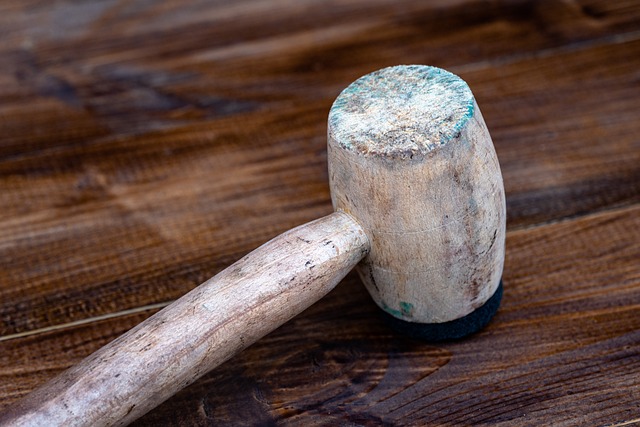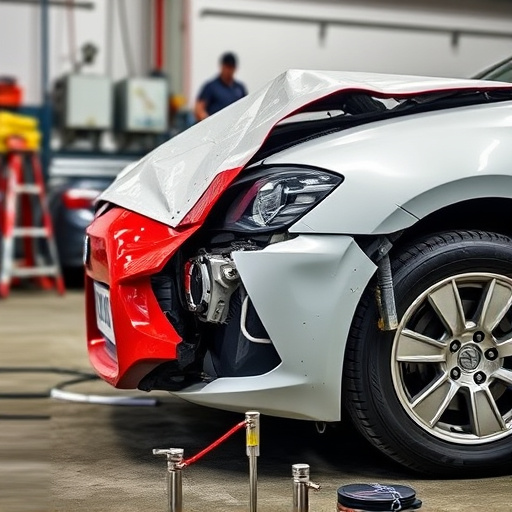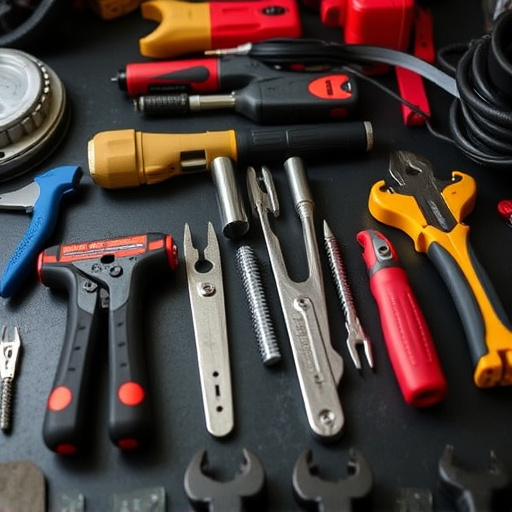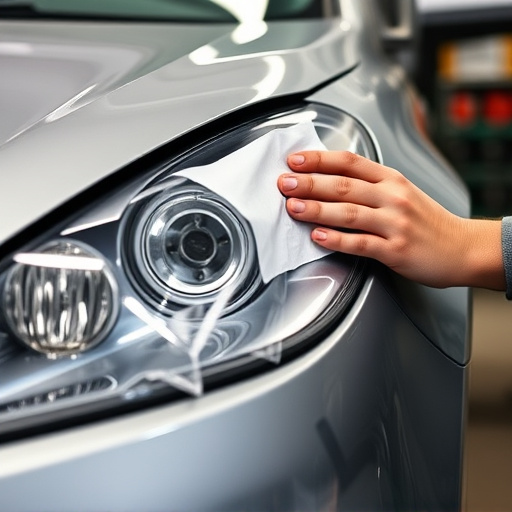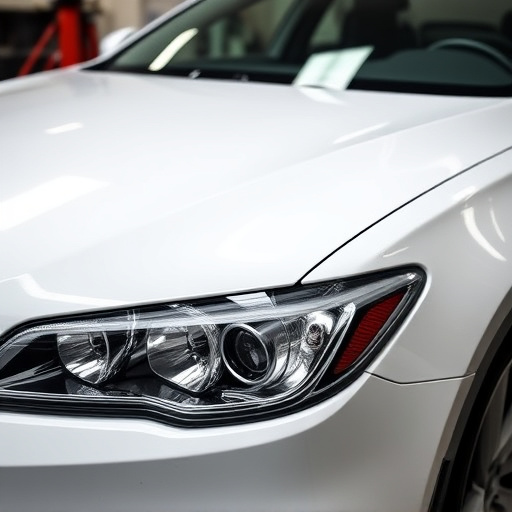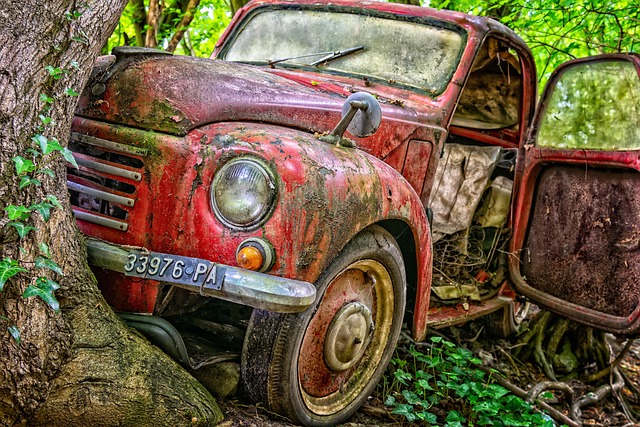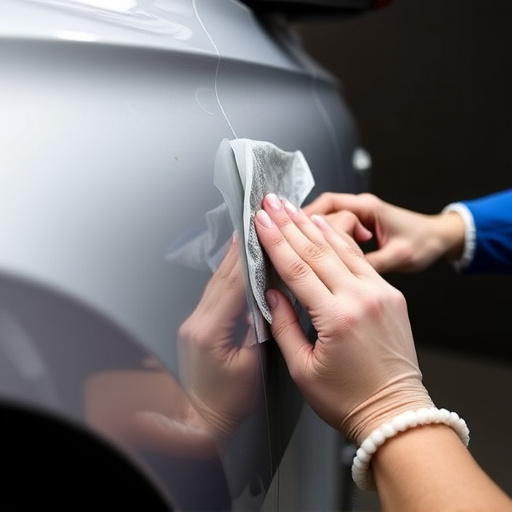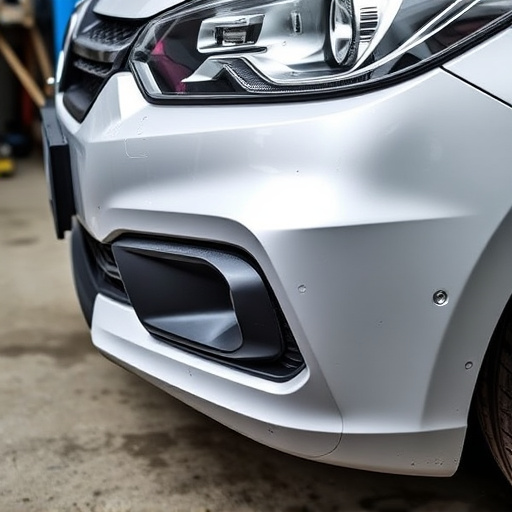Environmental paint standards have dramatically changed since their inception, driven by growing awareness of industrial processes' ecological impact. Historically prioritizing durability and aesthetics, paints often contained toxic chemicals and volatile organic compounds (VOCs). Stricter regulations in the late 20th century led to the development of low-VOC and water-based paints. Today, continuous innovation is vital to meet ecologically conscious needs, particularly in the automotive repair sector grappling with VOC regulations. Regional variations highlight the need for harmonized global standards. By 2025, these standards remain crucial for minimizing pollution, reducing toxic emissions, and responsibly managing resources in collision repairs, contributing to a greener future.
In 2025, the evolution of environmental paint standards remains a pressing issue. This article explores the historical perspective of these standards, highlighting their significant growth and changes over time. We delve into current challenges and gaps within the paint industry regulations, emphasizing the ongoing need for stringent environmental protections. Despite advancements, strict environmental paint standards remain vital to mitigate ecological impact, ensuring a healthier future for both consumers and the planet.
- The Evolution of Environmental Paint Standards: A Historical Perspective
- Current Challenges and Gaps in Paint Industry Regulations
- The Continued Relevance and Benefits of Strict Environmental Paint Standards in 2025
The Evolution of Environmental Paint Standards: A Historical Perspective

Environmental paint standards have come a long way since their inception, reflecting a growing awareness of the impact of industrial processes on our planet. Historically, paints were primarily formulated with little regard for their environmental consequences. The dominant focus was on durability and aesthetic appeal, often achieved through the use of toxic chemicals and volatile organic compounds (VOCs). Over time, however, as society became more attuned to ecological preservation, regulatory bodies and industry leaders began to push for stricter standards.
This shift gained momentum in the late 20th century when concerns about air pollution and its health implications became prominent. In response, many countries implemented regulations that restricted the use of certain toxic chemicals in paints, especially those used in consumer products. The evolution continued with the development of low-VOC and water-based paints, marking a significant milestone in the industry’s move towards sustainability. Today, environmental paint standards are not just about compliance but also about ensuring safer, healthier living spaces, particularly in closed environments like homes and offices. This ongoing progression underscores the importance of continuous innovation and adaptation to meet the evolving needs of a more ecologically conscious world.
Current Challenges and Gaps in Paint Industry Regulations
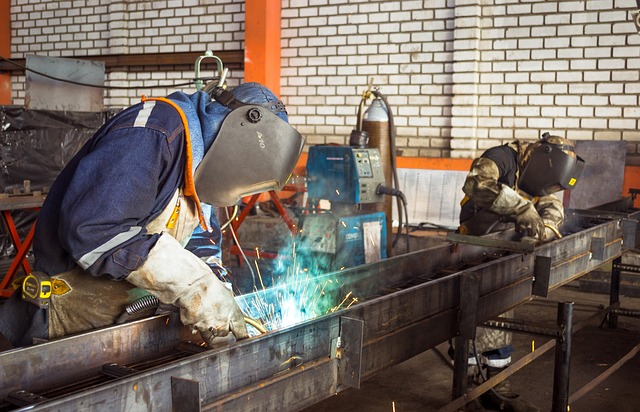
Despite significant strides in environmental protection, the paint industry still faces challenges when it comes to adhering to environmental paint standards. One notable gap lies in the regulation of volatile organic compounds (VOCs), which remain a concern due to their contribution to air pollution and climate change. While many countries have implemented stringent rules for industrial emissions, these regulations often fail to fully address the unique challenges posed by the automotive repair and collision repair center sectors, where the use of paint is extensive.
Additionally, the rapid evolution of paint technologies and formulations creates a constant need for updated standards. As car body shops continually seek more durable, eco-friendly, and low-VOC options, keeping regulations up-to-date with these innovations is crucial. The current landscape is characterized by a mix of regional variations in environmental paint standards, which can lead to confusion and inconsistencies, especially for businesses operating across multiple locations. This complexity necessitates continuous efforts to harmonize global standards, ensuring that the paint industry as a whole moves towards a more sustainable future.
The Continued Relevance and Benefits of Strict Environmental Paint Standards in 2025

In 2025, the continued relevance and benefits of strict environmental paint standards cannot be overstated. As the automotive industry evolves, with a growing focus on sustainability and reduced environmental impact, these standards remain vital for protecting both public health and the planet. Environmental paint standards play a crucial role in ensuring that auto repair services and vehicle body repair processes are conducted in a manner that minimizes pollution, reduces toxic emissions, and conserves resources.
This is particularly important given the intricate nature of modern vehicle construction, which often involves complex multi-layer paint systems. Strict standards guide manufacturers and repair shops on the responsible use of raw materials, the management of waste, and the adoption of cleaner technologies. By adhering to these guidelines, collision repair professionals can contribute to a greener future, ensuring that their practices do not cause collateral environmental damage while repairing and restoring vehicles to their optimal condition.
Despite significant advancements in technology and industry regulations, environmental paint standards remain indispensable in 2025. The historical evolution has shown a clear progress towards more sustainable practices, yet current challenges highlight the need for continued strict adherence. By addressing gaps in regulations, we can ensure that the paint industry minimizes its ecological footprint, promotes healthier living environments, and contributes to a greener future. Strict standards not only protect our ecosystems but also foster innovation, driving the market towards safer, more eco-friendly products.
